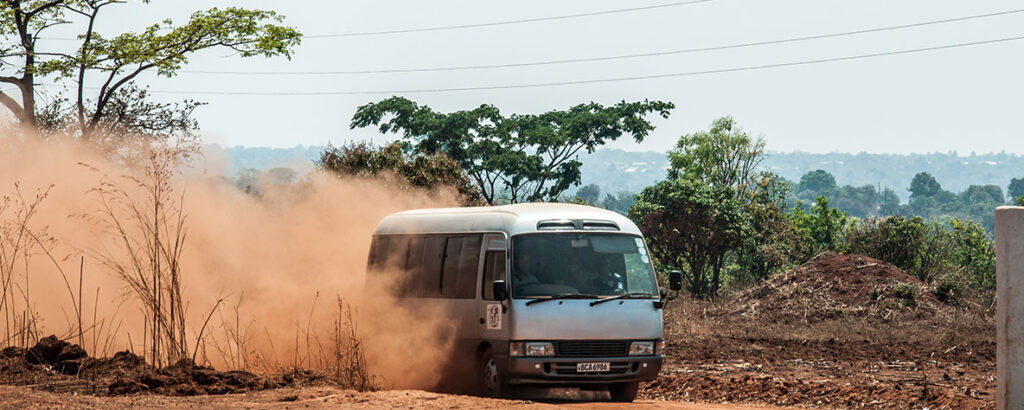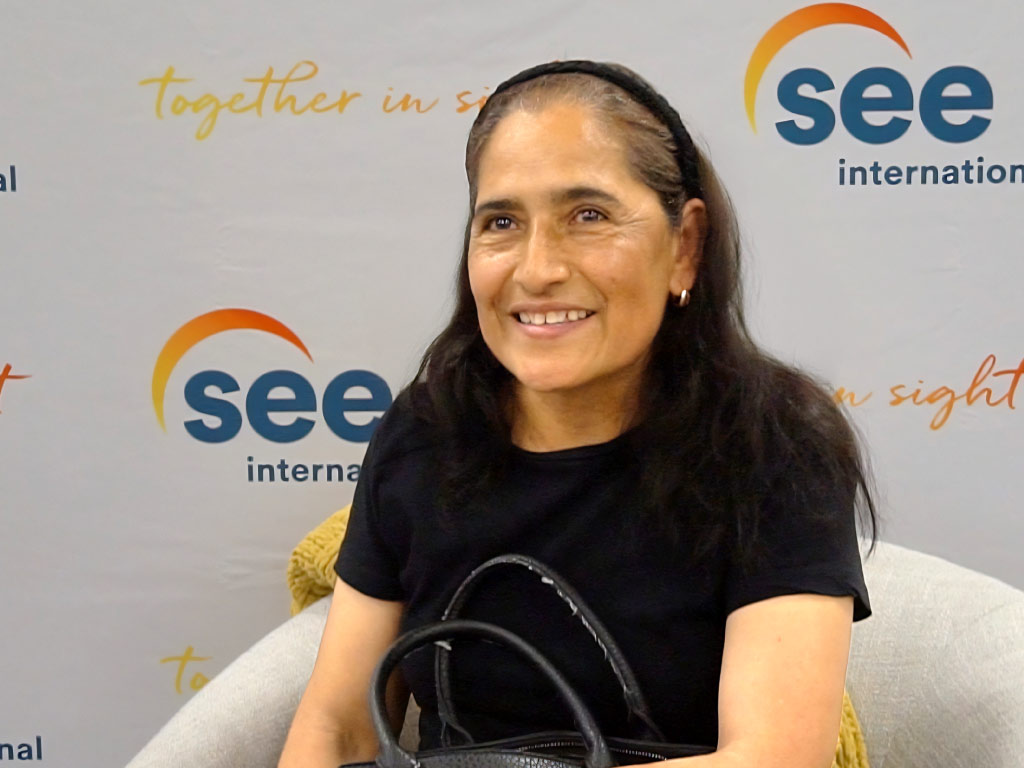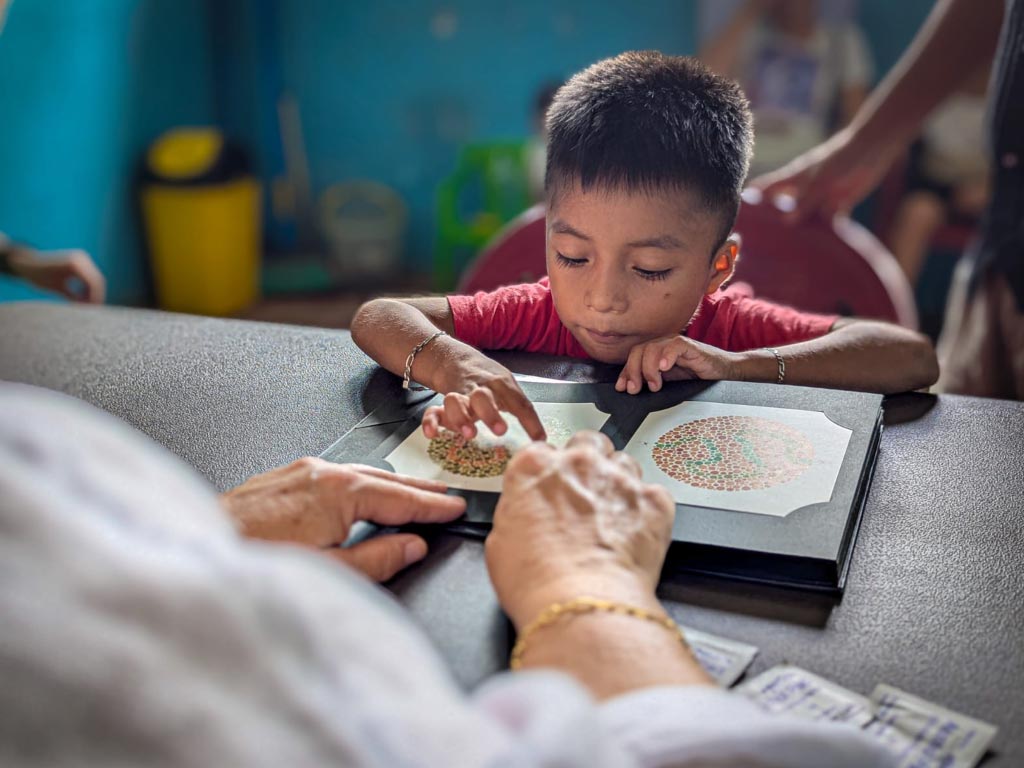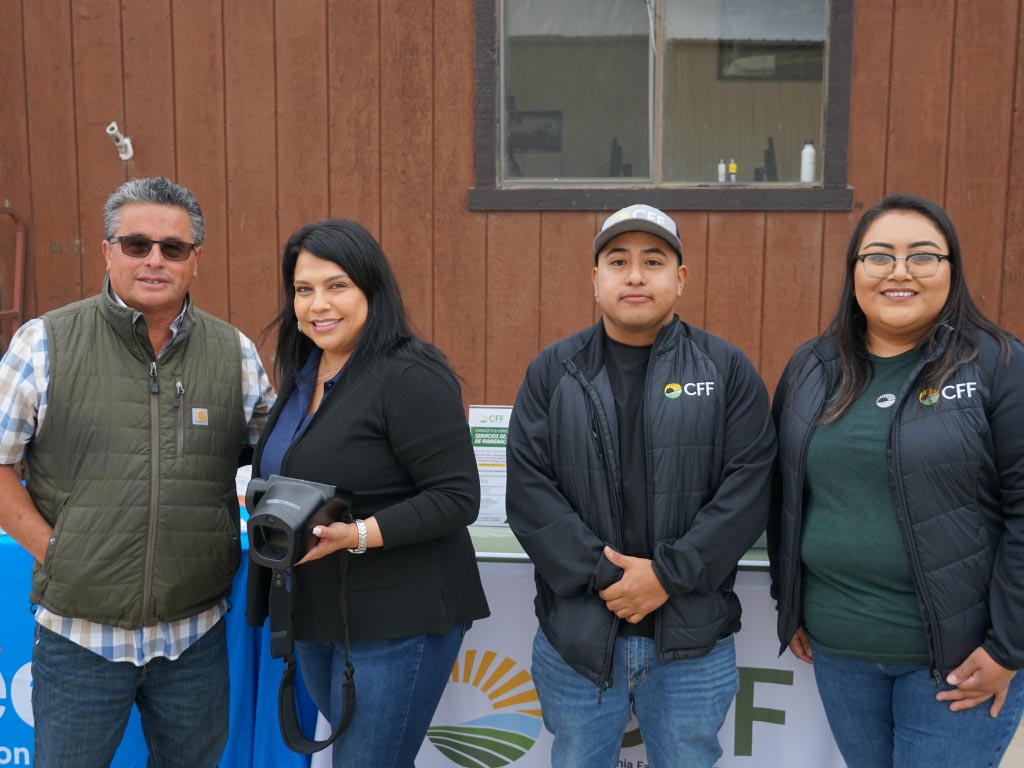Written by M. Scott Hickman, M.D., SEE Doctor
As a SEE doctor, you are well acquainted with the joy of restoring sight to the world’s blind, the thrill of overseas travel, and interacting intimately within a culture which few travelers will ever experience.
You are also probably very aware of the risks, some of which are inherent to travel in the developing world and cannot be eliminated, but there are some that you can reduce. It is certainly worth visiting your primary care physician or travel doctor before you go to be current on our vaccinations, as well as checking the U.S. State Department’s webpage on travel advisories.
Mathematically, the number one risk for death or severe injury to you on a SEE trip is going to be car travel. The CDC tells us there at 1.3 million deaths due to motor vehicle accidents every year; 85% of those occur in the low and middle-income countries with 25,000 deaths being tourists.
To limit your risk traveling while on an expedition, if possible avoid:
- Traveling at night
- Motorcycle taxis
- Top heavy, crowded trucks
- Taxis without a seatbelt
Another precaution to consider is contracting HIV prophylaxis. Our risk of getting in ophthalmology is pretty low, but as someone who has been stuck (through my own fault), I took great comfort in having access to HIV medications when it did happen.
With all the planning for surgery and the logistics of foreign travel, evacuation insurance is often forgotten. On many trips I have taken, the sponsoring overseas partner feels so strongly about evacuation insurance, that they will not allow a visiting doctor to come without it. The goal of the insurance is that if you are in an accident, the care and evacuation are coordinated by the evac company and paid for by them. Without insurance, you will have to coordinate your care by yourself and pay for your evacuation out-of-pocket, which is quite expensive.
Evacuation insurance costs will vary significantly based on the length of the trip and what type of coverage you want. Generally, it is between $100 – $200 dollars for a one-week trip.
Although not always available upon arrival, I use my iPhone with a local SIM card, which you can often get at the airport combined with evacuation insurance. When booking your flights, you can always purchase travel insurance with an evacuation benefit, through your travel agent or directly from private travel insurance company.
When going to very remote locations, a satellite messenger or phone works anywhere on the planet. You can use it for safety and to communicate with family back home. I use is the Delorme InReach, which is fairly inexpensive.
You can combine in-country communication with evacuation insurance. Global Rescue https://www.globalrescue.com/is a good option. If you need to be evacuated, it will take you to your home hospital. ISOS https://www.internationalsos.com/ is also a well-respected company. It offers a 20% discount if you mention you are a SEE doctor. There are lots of choices out there, so do your homework.
Remember that costs incurred on humanitarian trips are tax deductible.
If you have any questions, feel free to contact me at 913-660-5992.
Safe travels.






